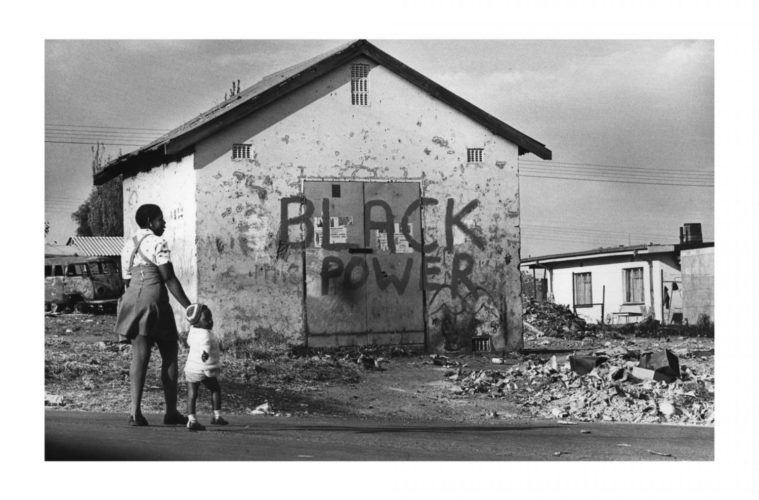Cameras are everywhere and everyone is their own Instagram Richard Avedon. The power of smart phones to digitally manipulate the presentation of ourselves or others in the service of hedonistic or nefarious agendas is sobering. But it has unwittingly made everyone both more critical and more artistic. National Photographer Appreciation Month seemed a perfect time to reflect on how this came to be.
Recently, I interviewed Craig Krull, the longtime L.A. gallerist who launched his eponymous gallery in the 80’s with fine art photography. Although he no longer specializes in the genre, he continues to represent the estate of photojournalist icon Julian Wasser and knows a thing or two about artistry through a lens. As our conversation turned to my lament on the digital disruption of photography enabled by iPhones and the like, he took a different view, remarking that it was turning everyone into a little bit of an artist. Everyone, everyday, every minute, every second is making esthetic decisions on composition, where to crop an image, lighting and which filters to apply.
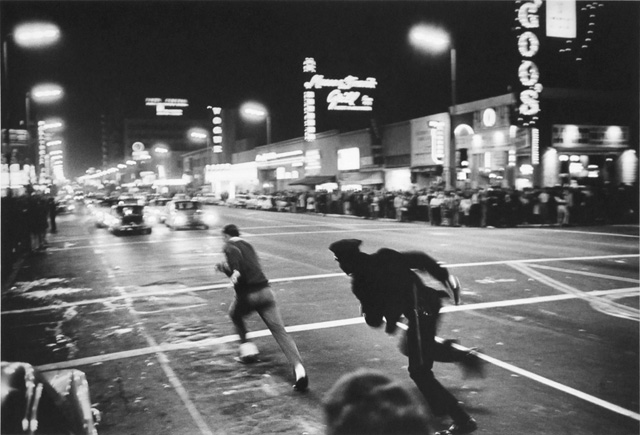
Julian Wasser (Courtesy of Craig Krull Gallery)
The pervasiveness of cameras has also recently super-charged the way we view daily phenomena. Capturing the asymmetric and very deadly methods of police enforcement is an obvious recent and sadly ongoing example. The famous snapshots of police dogs tearing into civil rights marchers in the 60’s is widely attributed with helping turn the tide on the Voting Rights Act among other advances in our halting stumble toward a more equitable union. Now, millions of protest images/selfies portraying current demonstrations are helping to drive additional change. A picture really is worth a thousand words.
But a thousand words about what exactly? Putting aside for a moment that ubiquity can have a numbing effect, photography imports a logic, a set of assumptions that present a reality or a version of a reality that carries an implied weight of authenticity — of vérité whether or not it was purposefully shot that way. After all, they wouldn’t print it if it weren’t true. Would they?
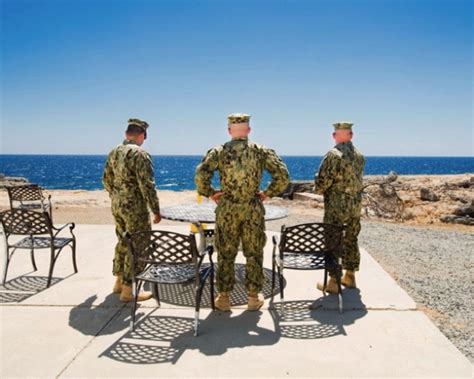
Debi Cornwall, Welcome to Camp America (Radius Books)
A fascinating book from photographer Debi Cornwall just out on Radius Books is Necessary Fictions. It addresses the idea of constructed realities, specifically of the state sponsored variety. Cornwall explores the complicated world of political narratives both real and fabricated around the waging of war and our complicity in these stories as a citizenry. Like her first book with Radius, Welcome to Camp America in which she gained unprecedented access to photograph the infamous detention center at Guantanamo Bay as well as some of its current and former inhabitants, Necessary Fictions chronicles her experience and impressions of the elaborate mock villages constructed to train American troops preparing to deploy to the middle east. The faux villages are replete with paid actors, many of whom are refugees from the very worn torn areas the war game sets emulate. The training sites are located on ten military bases around the country and Cornwall visited them all.
What stories we tell ourselves in the service of empire is a multi-faceted, many-layered concept that is difficult to attack, but Cornwall guides us to a sobering analysis of the machinery of policy by presenting deceptively simple imagery. You can hear my recent conversation with Cornwall about her fascinating and stunningly photographed projects on my podcast, A.G. Geiger Presents wherever you get your pods.
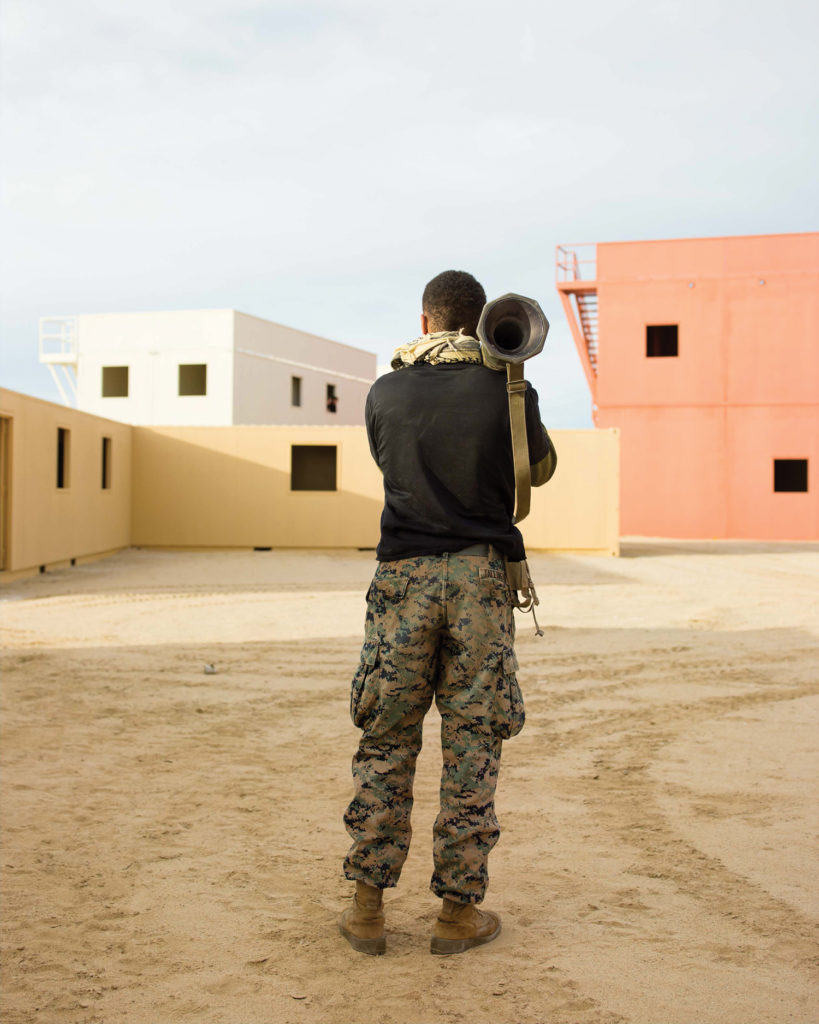
Debi Cornwall, Necessary Fictions (Radius Books)
No other place in Los Angeles is as quite dedicated to those behind the camera as the Los Angeles Center for Photography whose mission since 2013 has been to “build a community of dedicated photographers and to strengthen the importance of photography as an art form by providing education, exhibitions, portfolio reviews and events for photographers of all ages and skill levels.” On October 24, they are holding their annual fundraiser gala, albeit online this year for reasons about which no one other than Trump has to be told. Their 5th annual, this year’s event is themed “Love Letter to L.A.” and will honor acclaimed photographer Douglas Kirkland and his esteemed wife Francoise Kirkland, the Times photography staff, and Los Angeles-based photographer Estevan Oriol. One hundred outstanding photographs from award-winning photographers will be for sale online via Artsy.
Also on October 24, The Lucie Foundation, whose mission is no less than a three-tiered effort to “honor master photographers, discover and cultivate emerging talent, and promote the appreciation of photography worldwide,” will hold its prestigious Lucie Awards ceremony. This year’s stellar honorees include Lynn Goldsmith (Portraiture), Pamela Hanson (Fashion), Paul Caponigro (Fine Art), and Peter Magubane (Lifetime). If you are not familiar with these amazing artists, please investigate via your preferred browser or better yet, browse your favorite bookstore. You will be glad you did.
Giving Peter Magubane the Lifetime Achievement Award is a particularly timely choice. Magubane not only engaged in the struggle for justice but also documented the revolution in his homeland, South Africa. In the heart of the anti-Apartheid movement while working for the Rand Daily Mail from 1967-80 he was repeatedly arrested and interrogated. He was jailed in solitary confinement, suffered buckshot and rubber bullet wounds during protests, banned from photojournalism, and had his home burned to the ground. Magubane’s haunting images inform the pictures we currently see generated out of worldwide protests for George Floyd, Breonna Taylor and Black Lives Matter.
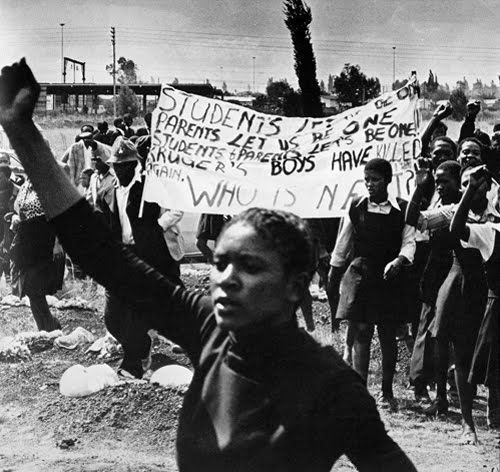
Peter Magubane
As David Meyer-Gollan writes in Magubane’s Lucie bio, “His coverage of the 1976 Soweto uprising and the aftermath that spread throughout South Africa brought world-wide acclaim and led to a number of international photographic and journalistic awards, including the American National Professional Photographers Association Humanistic Award in 1986, which also recognized one of the several incidents where he put his camera aside and assisted people from being killed.” His photographs have appeared in the New York Times, Life Magazine, Time Magazine, Newsweek, National Geographic, Paris Match and the Washington Post among others.
On awarding Dr. Magubane the Order of Meritorious Service in 1999, South African President Nelson Mandela said, “For his Bravery and courage during the dark days of Apartheid, Peter became a beacon of hope not only to thousands of journalists all over the world but also to millions of people across our country. His commitment to photojournalism helped pave the way to transformation in South Africa, and such efforts are needless to say, worthy of international recognition.” A thousand words in Magubane’s case is quite an understatement.
Please shop locally.
Advertising disclosure: We may receive compensation for some of the links in our stories. Thank you for supporting LA Weekly and our advertisers.

